Intelligence officials have claimed that a faction linked to al-Qaida in Syria has a desire to launch a domestic attack on the US, an assertion that underscored the growing importance of the Syrian civil war to global terrorism.
The Nusra Front, one of the jihadist factions in Syria that aligns itself with al-Qaida, “does have aspirations for attacks on the homeland”, James Clapper, the US director of national intelligence, told the Senate intelligence committee on Wednesday.
Clapper pointed to the deterioration of Syria during three years of violence – a situation he compared to the federally administered tribal areas (FATA) in Pakistan that became a haven after the 2001 US invasion of Afghanistan for the core leadership of al-Qaida.
“What’s going on there, may be in some respects a new FATA force ... and the attraction of these foreign fighters is very, very worrisome,” Clapper said.
Clapper did not discuss the capabilities of the Nusra Front, which pledged loyalty to al-Qaida in April, nor another al-Qaida-centric organization in Syria, the Islamic State of Iraq and Syria, which has recently emerged as a rival to Nusra. Neither faction has yet shown interest in attacks on the US, focusing their violence on the Bashar al-Assad regime, rival Syrian rebels, and neighboring Lebanon and Iraq.
But Clapper estimated there were more than 7,000 foreigners fighting in the Syrian carnage, coming from 50 countries, “many of them from Europe and the Mideast”. Clapper stopped short of warning that Americans were a significant component of Syrian jihadist groups, the subject of considerable speculation as Syria’s civil war has dragged on.
Clapper said approximately 26,000 Syrian combatants could be classified as “extremists”, out of an estimated 75,000 to 110,000 armed opponents of Assad. An anonymous Israeli intelligence officer recently estimated to the Associated Press that al-Qaida’s allies in Syria topped 30,000.
US intelligence had picked up indications of “training complexes” within Syria, Clapper said, “to train people to go back to their countries and conduct terrorist acts, so this is a huge concern”.
Yet Clapper, in his prepared testimony for the committee, listed cyber threats and counter-intelligence before focusing on terrorism. Among those threats were leaks from “trusted insiders with the intent to do harm”, an apparent reference to former National Security Agency contractor Edward Snowden, whom Clapper excoriated during the hearing.
Al-Qaida’s “locus for operational planning” has dispersed around the world, Clapper said, with “some five different franchises at least in 12 countries” of particular concern, including in Yemen, Somalia, North Africa and Syria.
That dispersal is in keeping with a years-long trend in al-Qaida toward decentralization. An academic debate exists among counter-terrorism analysts concerning the control and relevance of the “core al-Qaida”, based in Pakistan, which Clapper called the “ideological center” of the terrorist organization.
Despite the focus on Syria, Clapper said al-Qaida in the Arabian Peninsula, the Yemen-based affiliate that twice attempted unsuccessfully to bomb US aircraft in 2009 and 2010, remains the franchise with the strongest interest in attacking the US, with many of the others principally interested in more localized assaults and contests for power.
“Of all the franchises, that’s the one that poses the most immediate threat for a potential attack on the homeland,” Clapper said. “The probability of an attack now, compared to 2001 is, at least to me, is a very hard question to answer, principally because this very dispersion and diffusion of threat.”
Matthew Olsen, the director of the National Counterterrorism Center, said it was difficult for the US intelligence agencies – which had a 2013 budget of $67.6bn after congressionally imposed restrictions, according to officially declassified figures – to provide tactical warning of a terrorist attack domestically.
“The nature of the threat has become significantly more geographically spread out, and that challenges the community in collecting the kinds of information that would provide that kind of tactical warning,” Olsen said.
Attacks like the September assault on Nairobi’s Westgate Mall “using small arms, a small number of individuals, puts a great deal of pressure on us to provide the kind of tactical warning that would save lives under those circumstances”, Olsen said.
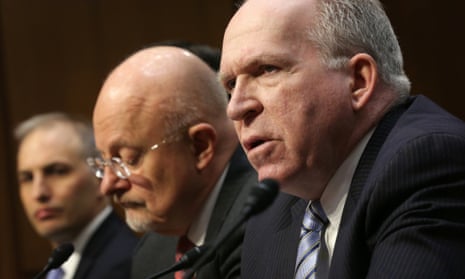


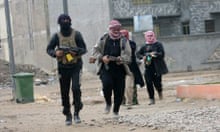
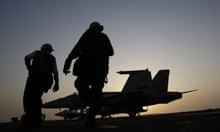
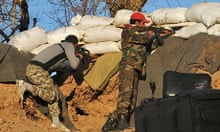


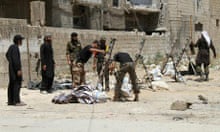
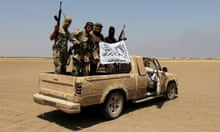

Comments (…)
Sign in or create your Guardian account to join the discussion